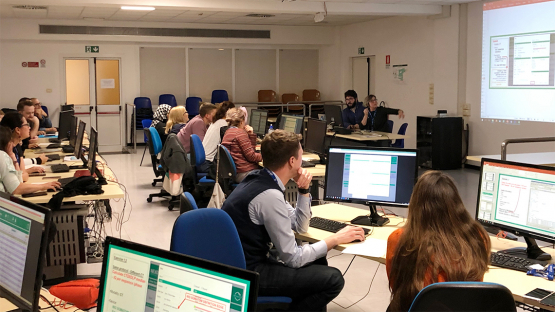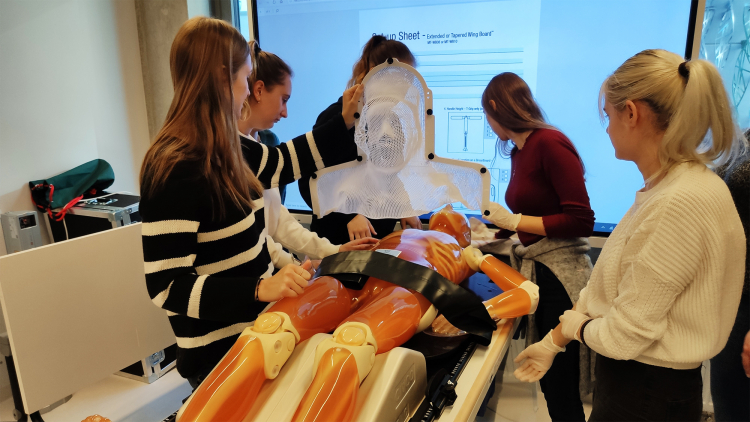Radiation protection education and training are key to keep medical practitioners up to speed with the safe uses of the latest technologies, and this was a driver of a recent IAEA meeting. To identify the requirements and methods to improve the qualification and competencies of health professionals working with radiation, the IAEA virtually hosted the Technical Meeting on Developing Effective Methods for Radiation Protection Education and Training of Health Professionals.
“The meeting was designed as a platform for sharing successful educational approaches, identifying strengths, weaknesses and opportunities in current education and training systems that target the needs of specific groups of health professionals,” said Jenia Vassileva, IAEA Radiation Protection Specialist.
“Medical technologies based on the use of ionizing radiation continue to advance rapidly. Their effective and safe use for diagnosis and therapy requires health professionals to develop their competencies and remain up-to-date in parallel.”
Three groups are responsible for radiation protection in medical uses of ionizing radiation: radiological medical practitioners, who carry out procedures in diagnostic and interventional radiology, nuclear medicine or radiation oncology; medical radiation technologists, also known as radiographers, who perform procedures and act as the interface between patient and technology; and clinically qualified medical physicists, who are responsible for dosimetry, quality assurance and often organize radiation protection training.
“Every specialist needs radiation protection training that is specifically tailored to their role and the associated risks,” Vassileva said.
Over 200 participants — representing clinics, educational institutes, equipment manufacturers and regulatory bodies — from 67 Member States and 24 international organizations, professional bodies and safety campaigns, attended the online meeting, from 8 to 10 March.
The meeting featured seven panel discussions on medical uses of ionizing radiation and addressed weaknesses of radiation protection training and possible solutions in diagnostic radiology, including dental radiology, fluoroscopy guided interventional procedures, nuclear medicine and radiation oncology, and training of referring physicians and dentists.
“Professional medical societies play a leading role in maintaining and upgrading the competence of their members. This, however, relies on a solid base of academic education and clinical training at medical and dental schools,” said Kimberly Applegate, Chair of Committee 3 on Radiation in Medicine of the International Commission on Radiological Protection (ICRP). “Another important challenge is the need to improve behavioural abilities such as teamwork, communication with each other and with patients, and to respect ethical principles and safety culture.”






